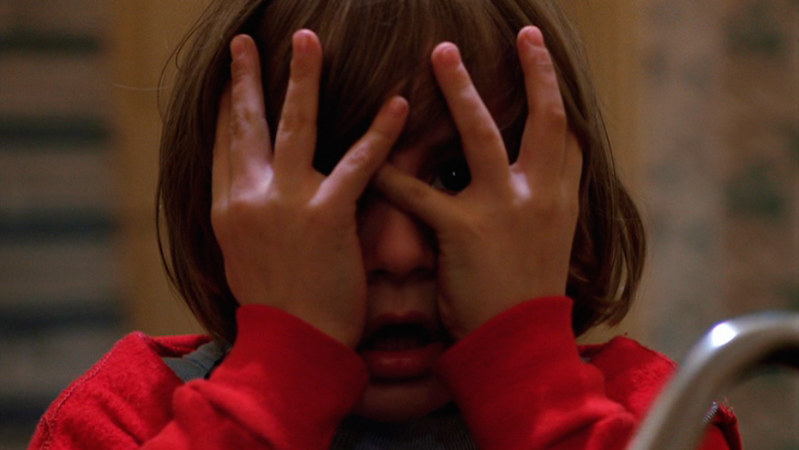No jump scares, no gimmicks – here’s why The Shining is the scariest movie I’ve ever watched
I’ve watched a fair share of horror films ranging from supernatural occurrences to a blood spatter mess, but none of them have left me disturbed as The Shining. What terrifies me most isn’t the overflowing amount of blood in the hallways or the ghosts with a hollow personality; it’s the stillness. Stanley Kubrick did a marvelous work capturing the silent moments more terrifying than the screams. Every shot feels suffocating, almost as if locking you into a room you volunteered to be in.
At its core, The Shining follows Jack (Jack Nicholson), his wife Wendy (Shelly Duvall) and their son Danny (Danny Lloyd) as they caretake a remote hotel cut off by snow. Jack is established to have a psychic ability, “the shining” which lets him sense the darkness in the hotel. When the storm hits, the family is trapped where reality slowly becomes blurred. The hotel’s eerie presence begins to unravel while Jack tries to find peace going mad and causing chaos in the process. Danny starts experiencing disturbing visions making it seem as if the hotel was alive, leeching on their fears. Amidst this chaos, Wendy is portrayed as a character who is trying to hold everything down, making her someone we can relate to the most while watching the film.

The Clever Setup of Fear
Although I knew the premise, I caught myself looking at the screen through my fingers during scenes where nothing was supposed to happen; and somehow that made it worse. The movie has good plot progression while being unbearably tense. The way Kubrick stretches time and space in several scenes kept me hooked to the story.
The horror element in The Shining creeps inside you because it feels psychologically real. It is based off of simple human emotions which can grow to become unsettling and in this case, haunted. It’s not Jack’s chaos nor the ghosts in the hotel that unravels the story; it’s isolation. I couldn’t quite put my finger on why I felt nervous as I watched him gradually lose his sense of reality within the vast Overlook Hotel. The concept that loneliness and desperation might transform an ordinary person into something sinister is frightening. Instead of using jump scares, Kubrick makes you sit through the agony until it becomes intolerable.
The Shining is about isolation, subduing and the quiet madness that festers behind shut doors. I found myself questioning if the hotel was haunting Jack, or was it magnifying what had already festered inside him. The slow descent to incoherence is the highlight of this film.
I rewatch this movie almost every year and what amazes me the most is how a film made in 1980 still feels so relevant today. Its portrayal of psychological crumble and loneliness resonates deeply in an era where it is no longer rare. Jack, who is shown to be a normal person in the beginning of the film, shows us how an ordinary lifestyle can easily slip into obsession. The Overlook Hotel might be fictional, but its suffocating void leaves us feeling familiar in a world where we get trapped in our own heads often.
As I thought the movie was finally reaching its conclusion, it only left me puzzled with more questions. Kubrick’s ending leaves it in a way you would have to interpret based on your experience. It lingers in a way that keeps your mind turning that feels both unsettling and hypnotic. The Shining doesn’t just scare you in the moment, it stays with you, leaving you to pick up the pieces.
To this day, no other horror film can replicate the feeling I got while watching this piece. It is proof that horror doesn’t need to be loud to be heard. And when I think of true fear, I think of REDRUM written on Room 237 ready to open its door and pull me inside.


